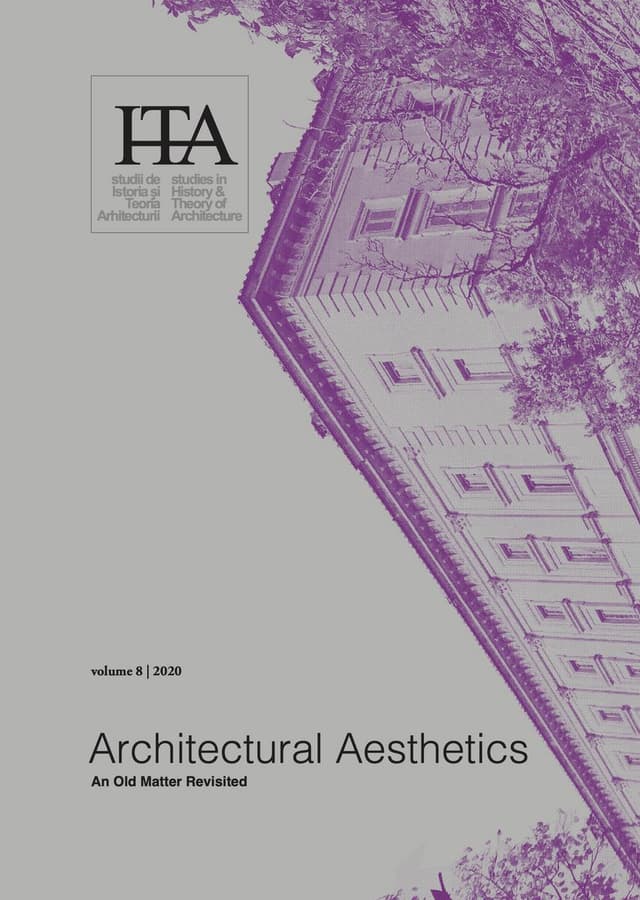The Necessary Ornament. About Decor et Ornamentum in Architecture
by
Flavia Zaffora
Keywords
decoration
convenience
appropriate architecture
surface architecture
In many European languages the word “decoration” is frequently used as a synonym of ornament, and often perceived as something superfluous and unnecessary which can be “added on.” However, the original sense of the Latin verb decēre, where the noun decor comes from, points out that every situation requires a convenient, or decent, behavior. Decoration is something “appropriate and decent,” specifically required for the occasion. Concerning decoration, this means a shift from the concept of superfluous ornament to necessary ornament, because it is appropriate.
Developing from the reflections of the Gothic Revival, this hybrid nature of decoration, which is both decor (decent/appropriate appearance or behavior) and ornamentum (added on adornment), can be the key to reading all subsequent architecture, that of the bare solids and the white and smooth surfaces, for which ornament was, as it is well-known, a “crime.”
This paper aims to trace back in contemporary architecture the origins of its search for decoration as “necessary ornament.” The main idea is to read architecture in the light of its relationship between convenience and aesthetics, so that, to quote a famous sentence by Auguste Perret, it can be really considered architecture and not a mere work of engineering. Especially nowadays, when advanced technological means allow architects to think what once was simply not-drawable, so also unthinkable, one should ask themselves not if it is licit but if it is “decent.”
Published in

Chicago citation style
DOI:
10.54508/sITA.8.09